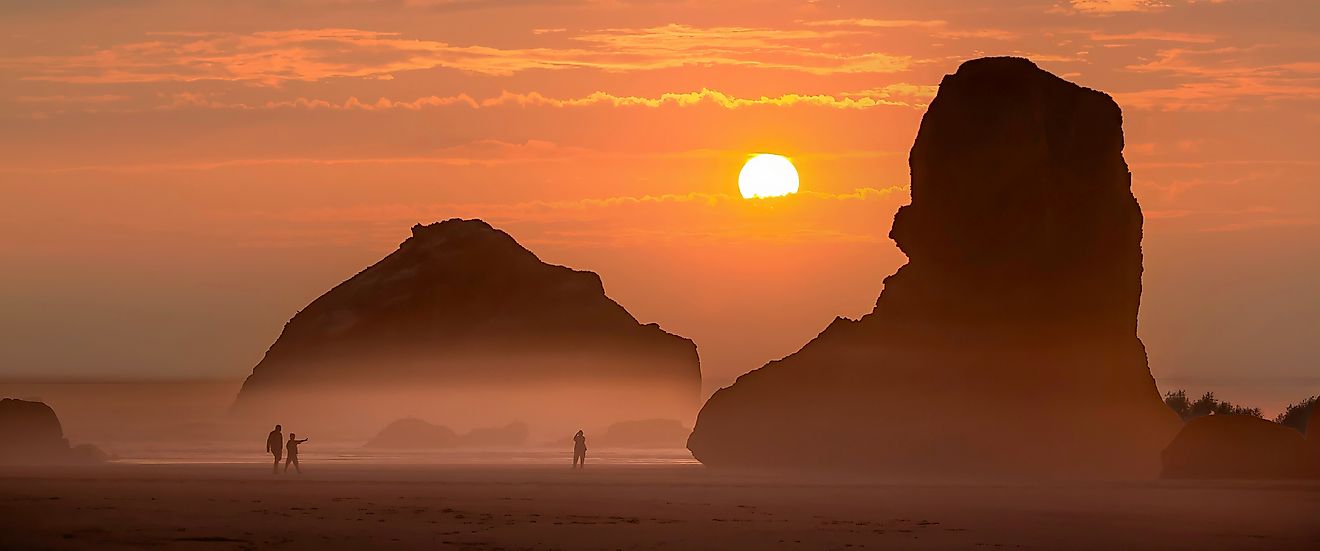Natural Bridge Caverns - Unique Places Around the World

Natural Bridge is located in Rockbridge County, San Antonio, Texas. The natural bridge caverns are so named because of a 60 feet natural bridge made of limestone near the entrance of the cavern. The bridge was formed when a sink hole collapse and the limestone span was left suspended above the chasm. The caverns were discovered by four students from the St. Mary University in San Antonio on March 27, 1960.
5. Description
The caverns are still growing, and experts consider them to be alive. The Natural Bridge Caverns are formed by rainwater dissolving out calcite. When the calcite bearing water drips (which it does continually) from a caverns roof, it forms speleothems (cave formations). The type of speleothem formed is dependent on the drip point as they can grow from the roof (stalactites, straw), the walls(drapery), or the floor (column, stalagmites). The Natural Bridge caverns are unique in the range of speleothems to be found in one cavern system. Most of the speleothems in the caverns have a waxy luster that is characteristic of calcite based formations. The caverns have been explored to the depth of 230 feet, though the deepest part open to public tour is 180 feet. Due to the steadily dripping water humidity is at a constant 99% and the temperature around 700 F throughout the year.
4. Tourism
The Natural Bridge caverns are one of the most visited attractions in San Antonio. The range of activities available to the tourist makes them attractive to a wide range of visitors. Tourists can engage in:
• The discovery tour is the most popular activity that takes the visitor underground to the spectacular beauty of nature.
• The hidden passages tour is for the more athletic visitor who wants to explore what the most recently discovered passages.
• The Bat Flight tour allows one to watch the mind boggling sight of millions of bats take to skies in the evenings.
3. Uniqueness
From a sheer range of possible activities, landscape, history, and geological curiosities, the natural caverns are unique. Other than the natural formations, the pervasive fossils and the largest colony of bats in the world, the caverns have received the status of United State Natural Landmark, awarded in 1971.
2. Habitat
The natural caverns have a long association with life, starting from prehistoric times. During the initial excavation of the entrance trail, arrowheads, a human tooth and spearheads were found and dated to approximately 5000 BC.Fossilized jawbone and femur of an extinct type of black bear were also discovered in the cave. The prevalence of fossils including tools in caverns indicate probably the upper parts of the caverns were used as shelter by prehistoric animals and people. The area around the caves is home to biggest bat colony in the world and guano found in the lower regions of caverns show that has been home for some of the bats.
1. Threats
The threat to the natural formations, plants, and animals in and around the caverns is low. According to the Open Space Institute, a think tank focusing on conservation, the caverns and the entire Rockbridge County landscape has high resiliency, and are considered by conservationists to be capable of coping with drastic changes and retain their characteristic flora and fauna (plants and animals). The same think tank says that the area has low levels of invasive species which also indicates low levels of a threat if human activity remains at current levels.











